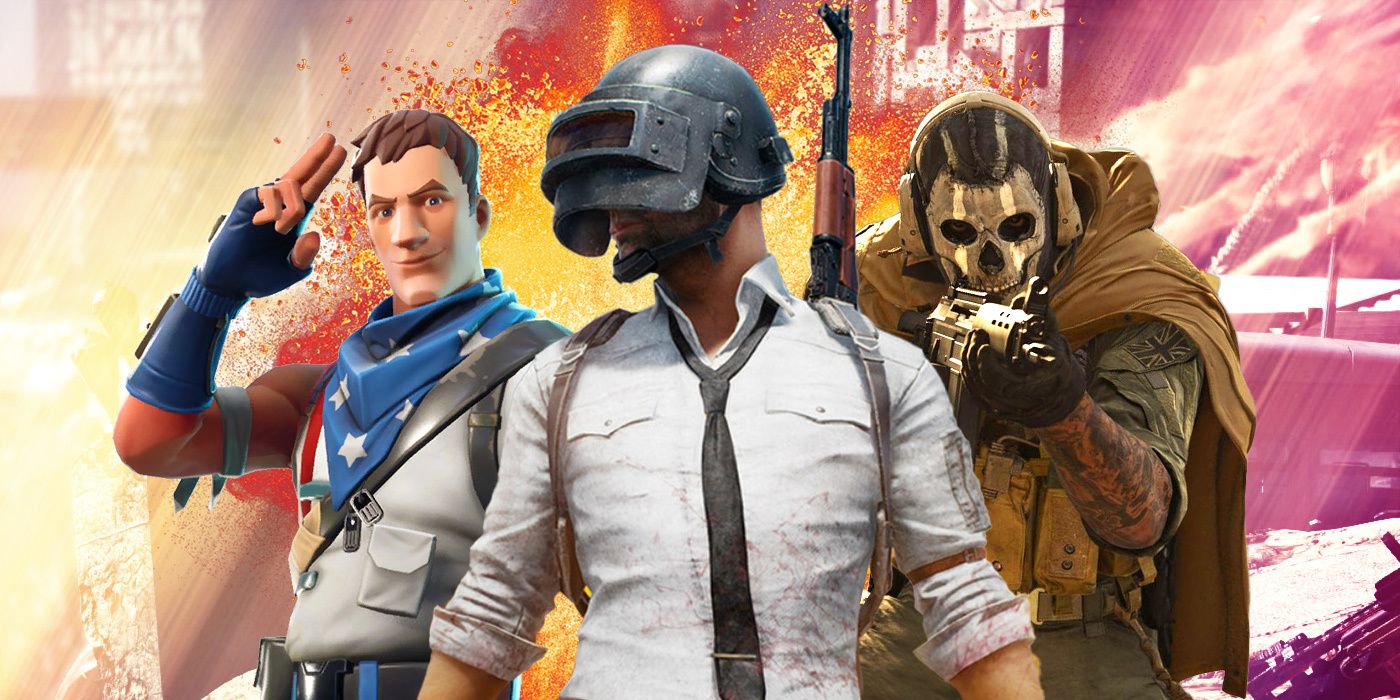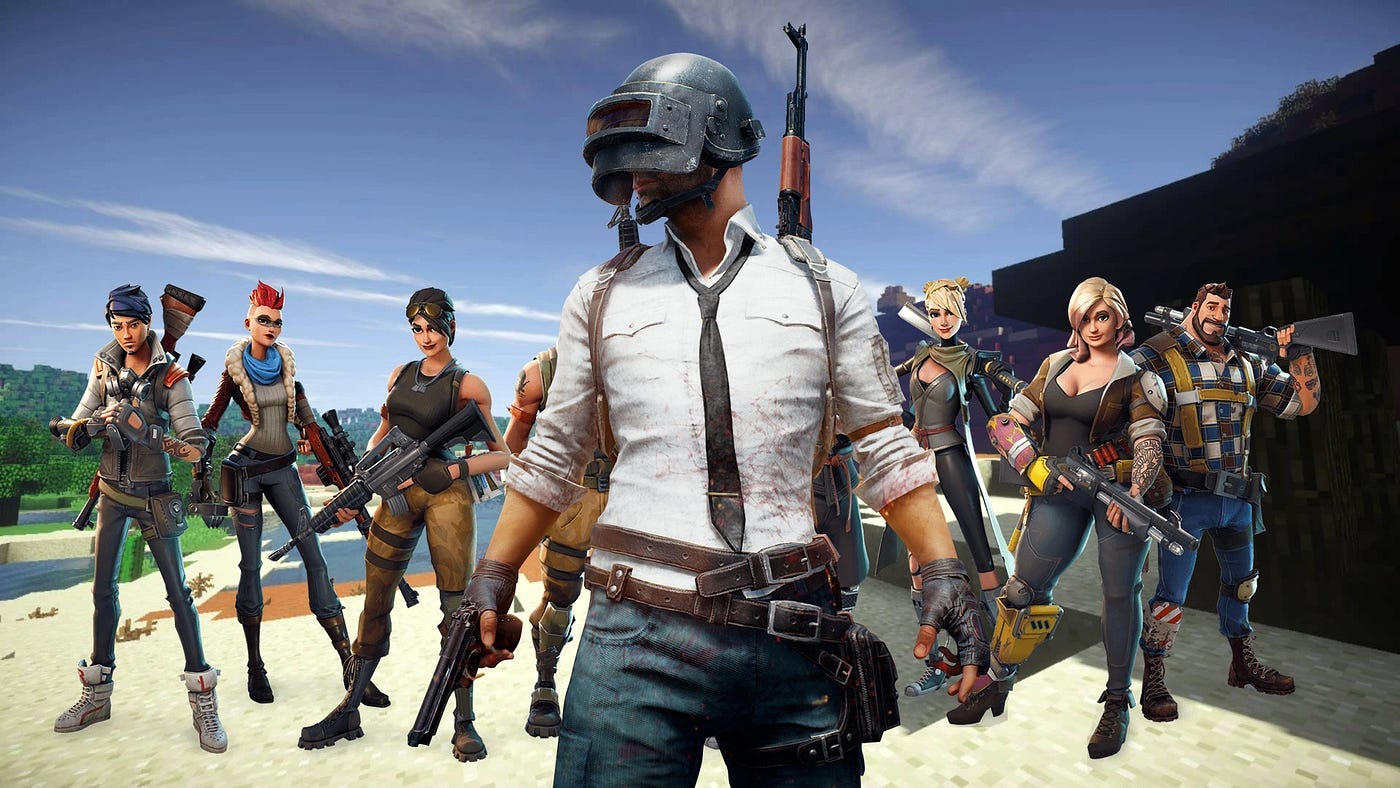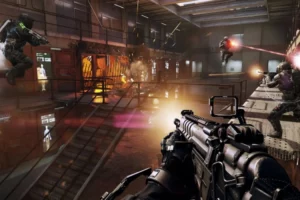The gaming industry is constantly evolving, and one of the most recent trends is the rise of artificial intelligence (AI) in toys and education. AI-powered toys are becoming increasingly sophisticated, offering children not only entertainment but also opportunities for learning and development.
One area where AI is having a major impact is in battle royale games. These online multiplayer games, in which players fight to be the last one standing, have become incredibly popular in recent years. Titles like PUBG, Fortnite, and Apex Legends have dominated the gaming landscape, attracting millions of players worldwide.

The Rise of Battle Royale Games
The concept of the battle royale game is not new. It originated from the 2000 Japanese film and novel Battle Royale, which depicted a high school class forced to fight to the death on a deserted island. However, it was not until the release of PUBG in 2017 that the genre truly took off.
PUBG offered a unique and thrilling gameplay experience. Players were parachuted onto a massive map, where they had to scavenge for weapons and equipment, all while avoiding being killed by other players. The shrinking play area forced players to confront each other, leading to intense and unpredictable battles.
The Impact of AI on Battle Royale Games
The success of PUBG paved the way for other developers to create their own battle royale games. One of the most successful of these is Fortnite, which was released in 2017. Fortnite took the core gameplay of PUBG and added its own unique twist, including building mechanics and a more cartoony art style.
Fortnite’s popularity can be attributed to a number of factors, including its free-to-play model, its regular updates, and its focus on social interaction. However, one of the things that sets Fortnite apart from other battle royale games is its use of AI.
Fortnite uses AI in a number of ways, such as to:
- Create dynamic weather and lighting effects
- Populate the world with wildlife and AI-controlled enemies
- Personalize the gameplay experience for each player
The use of AI in Fortnite has helped to create a more immersive and engaging gameplay experience. It has also made the game more unpredictable, as players never know what to expect from the AI-controlled enemies.

Apex Legends
Another popular battle royale game that uses AI is Apex Legends, which was released in 2019. Apex Legends is a hero shooter, meaning that players choose from a roster of characters with unique abilities.
Apex Legends uses AI in a number of ways, such as to:
- Control the behavior of AI-controlled enemies
- Power the game’s loot system
- Personalize the announcer’s commentary
The use of AI in Apex Legends has helped to create a more dynamic and fast-paced gameplay experience. It has also made the game more accessible to new players, as the AI can help to fill in the gaps when there are not enough human players online.
The Future of AI in Toys & Education
The use of AI in toys and education is still in its early stages, but it has the potential to revolutionize the way children learn and play. AI-powered toys can provide children with personalized learning experiences, adaptive challenges, and opportunities for social interaction.
For example, imagine an AI-powered toy that can adapt to a child’s learning level and provide them with challenges that are neither too easy nor too difficult. Or, imagine an AI-powered toy that can connect with other toys and create collaborative gameplay experiences.
The possibilities are endless, and it is clear that AI has the potential to play a major role in the future of toys and education.
Conclusion
AI is having a major impact on the gaming industry, and the battle royale genre is one of the areas where it is having the most significant effect. Games like PUBG, Fortnite, and Apex Legends are using AI to create more immersive, engaging, and unpredictable gameplay experiences.
The use of AI in toys and education is still in its early stages, but it has the potential to revolutionize the way children learn and play. AI-powered toys can provide children with personalized learning experiences, adaptive challenges, and opportunities for social interaction.
















Add Comment